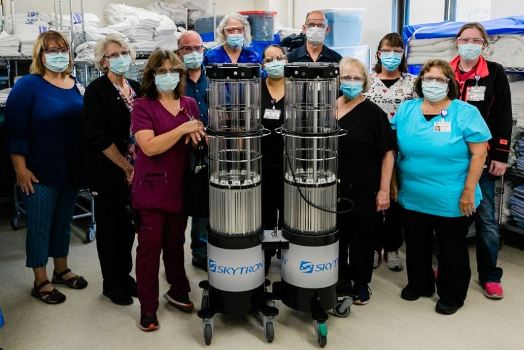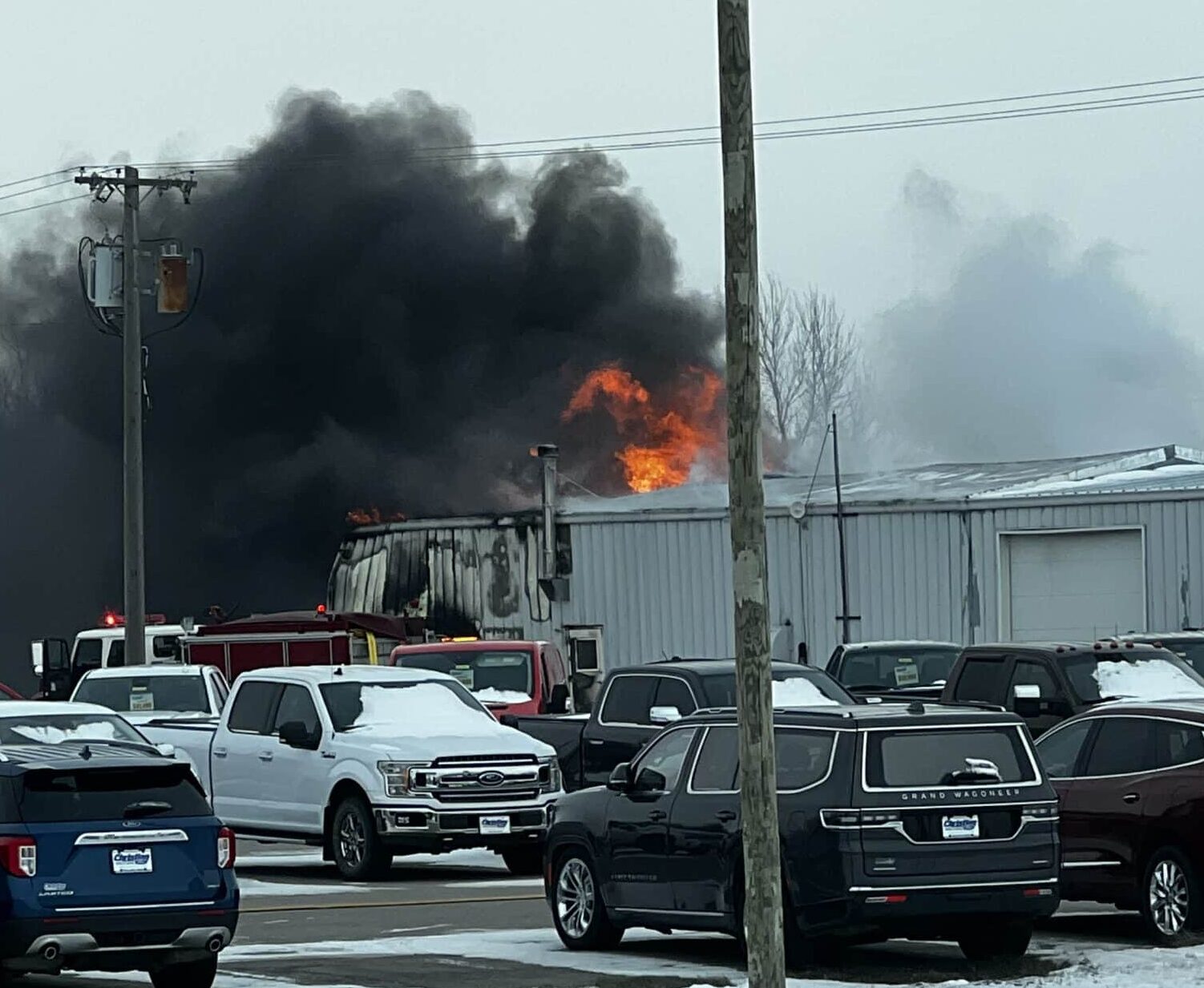In its ongoing efforts to assure patient and staff safety, RiverView Health recently increased its stringent disinfection efforts by adding ultraviolet light (UVC) disinfection technology to its already-extensive hygiene program.
The Skytron 2280 Syndicate UVC robot is an advanced, paired system designed to emit germicidal energy to provide fast, effective disinfection treatments. UVC radiation renders harmful microorganisms such as bacteria and viruses ineffective by destroying the genetic information in the DNA. The microorganisms lose their reproductive capability and are destroyed. The germicidal nature of UVC is well suited to treat parasites that are extremely resistant to chemical disinfectants.
The UVC robots are a key part of the battle against healthcare-associated infections and SARS-CoV-2, the virus that causes Covid-19.
RiverView received a COVID-19 Health Care Response Grant for $150,000 from the Minnesota Department of Health to purchase two sets of the infection control robots.
“We were very fortunate to receive the grant to allows us to purchase the Skytron Syndicate,’’ shared Jennifer Tate, RiverView’s Environmental Services (EVS) manager. “Patient safety is one of RiverView’s top priorities. I know the EVS staff does an exceptional job keeping our environment disinfected and safe. Now the UVC Syndicate gives us that extra safeguard to disinfect the environment for our patients and residents.’’
Extensive research was done by a team made up of employees from a variety of departments to determine the best method of disinfection. Tate credits Mario Gomez, Supply Chain director with working to secure two sets of the robots with the grant dollars.
One set will be used in the Operating Room and the other set will be housed in the Inpatient Unit and also used in the Emergency Department, Care Center, and clinics.
“With the Syndicate, we are able to cover more area in less time and they have a longer life span than the other robots available,’’ Tate continued. “I felt it had better safety features and the biggest selling point is the robot will automatically calculate the run time based on the size of the room. This is a huge benefit and takes away the chance of user error.’’
The robots treat to a “disinfection standard” rather than a “time standard.” This means that the goal is to kill 99.999% of pathogens on all surfaces in the room. The robot automatically calculates the treatment time based on the size of the room and other characteristics like humidity, temperature, and reflective surfaces. After detecting these characteristics, the robot calculates the amount of time it needs to be running to cause the 99.999% kill rate in all pathogens on each surface in the room. Run times usually vary between 8 to 30 minutes.




